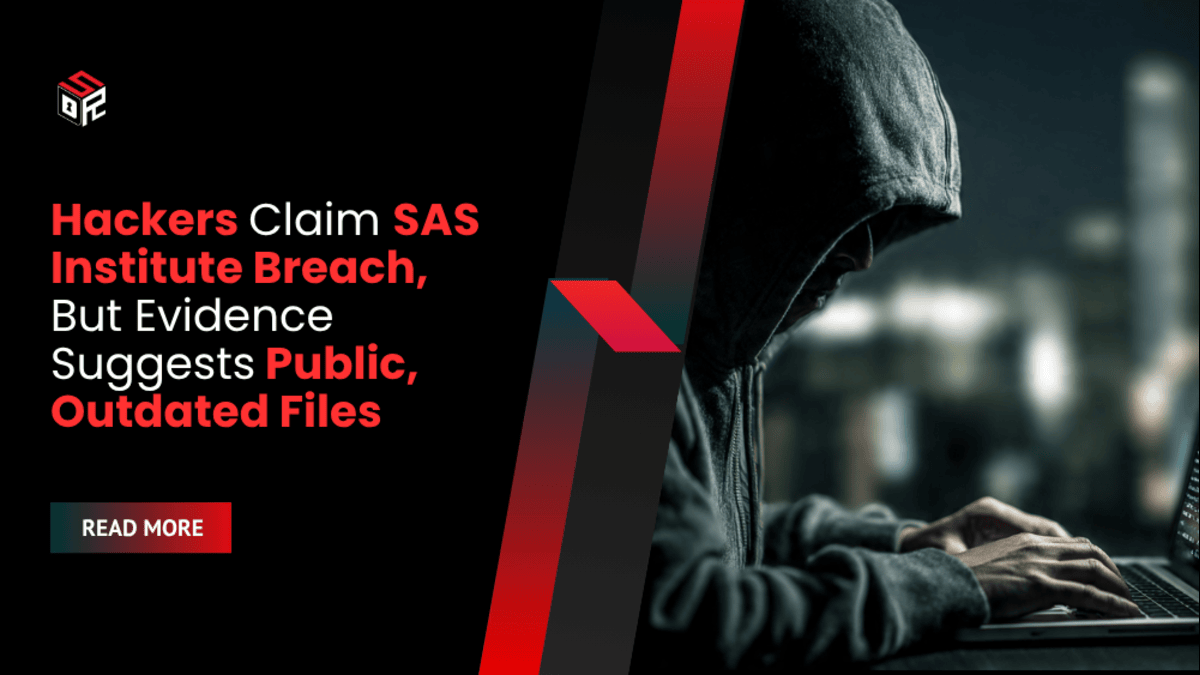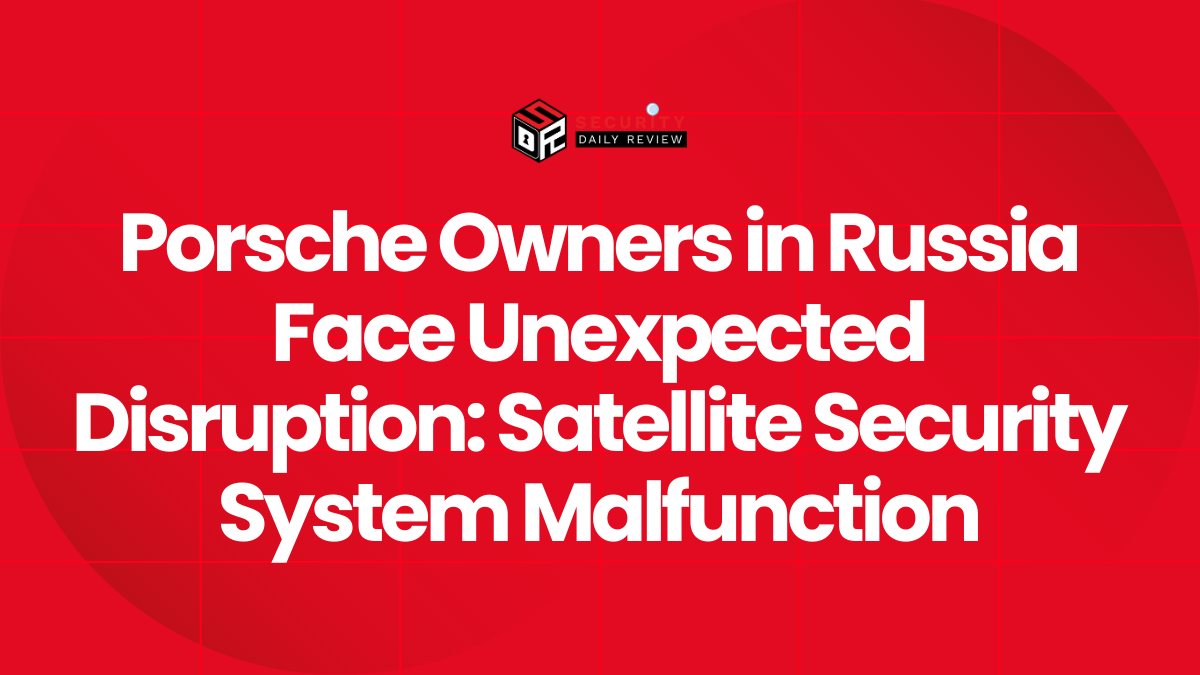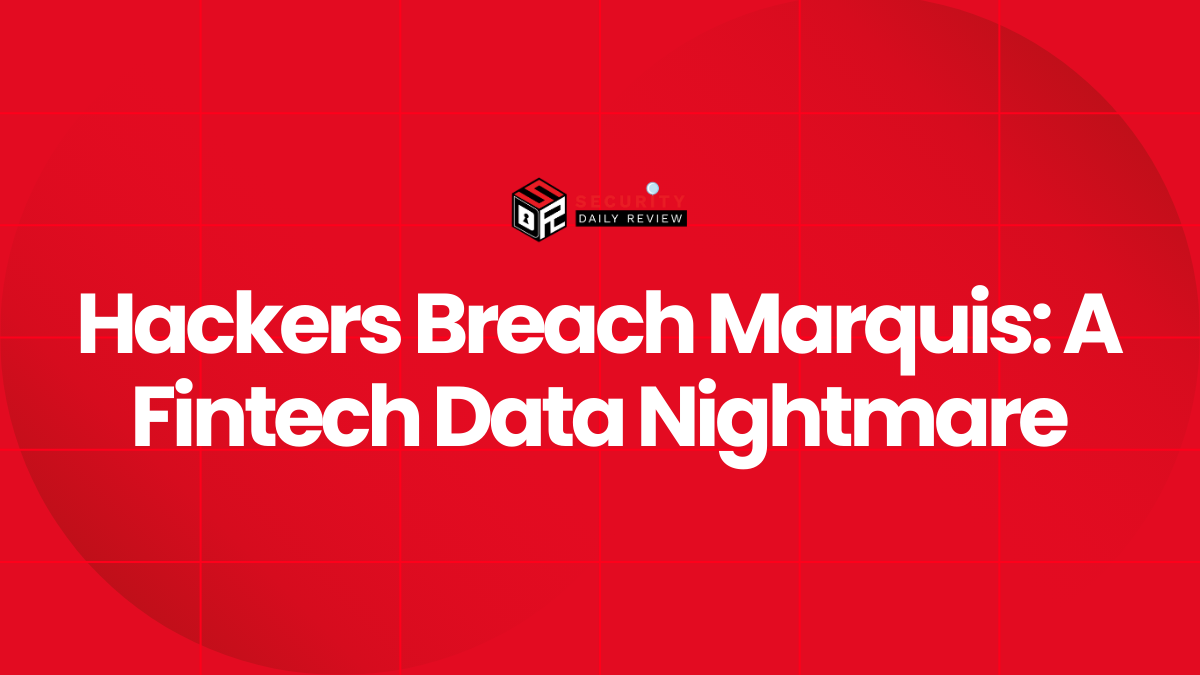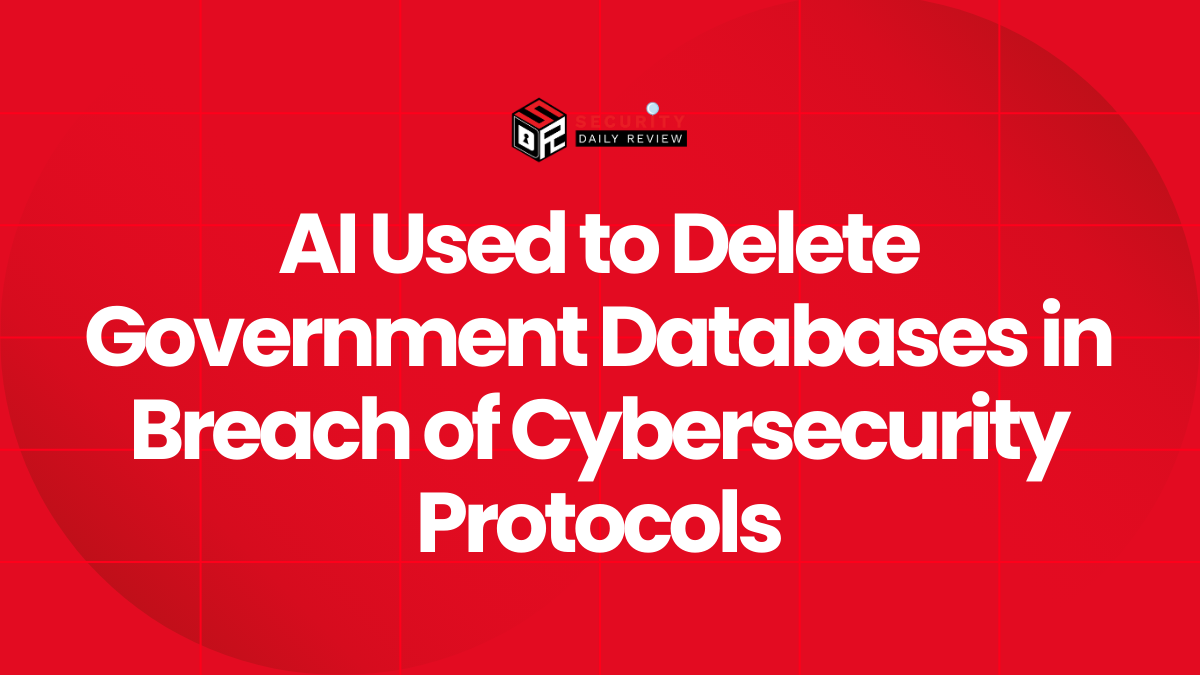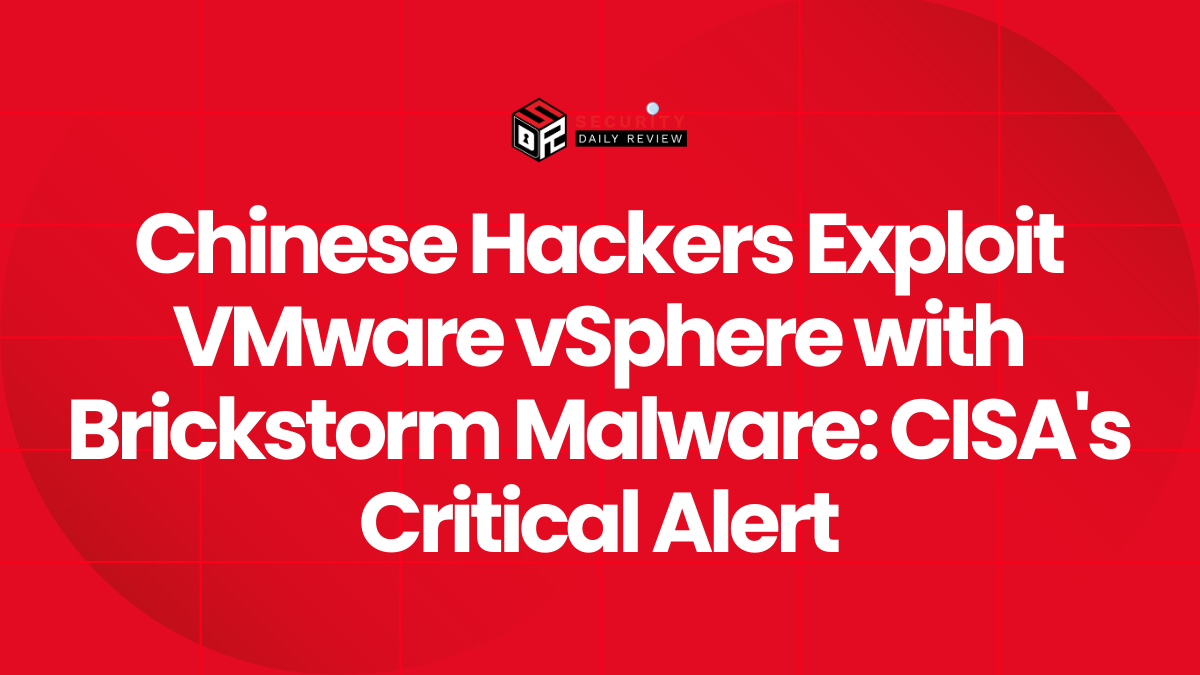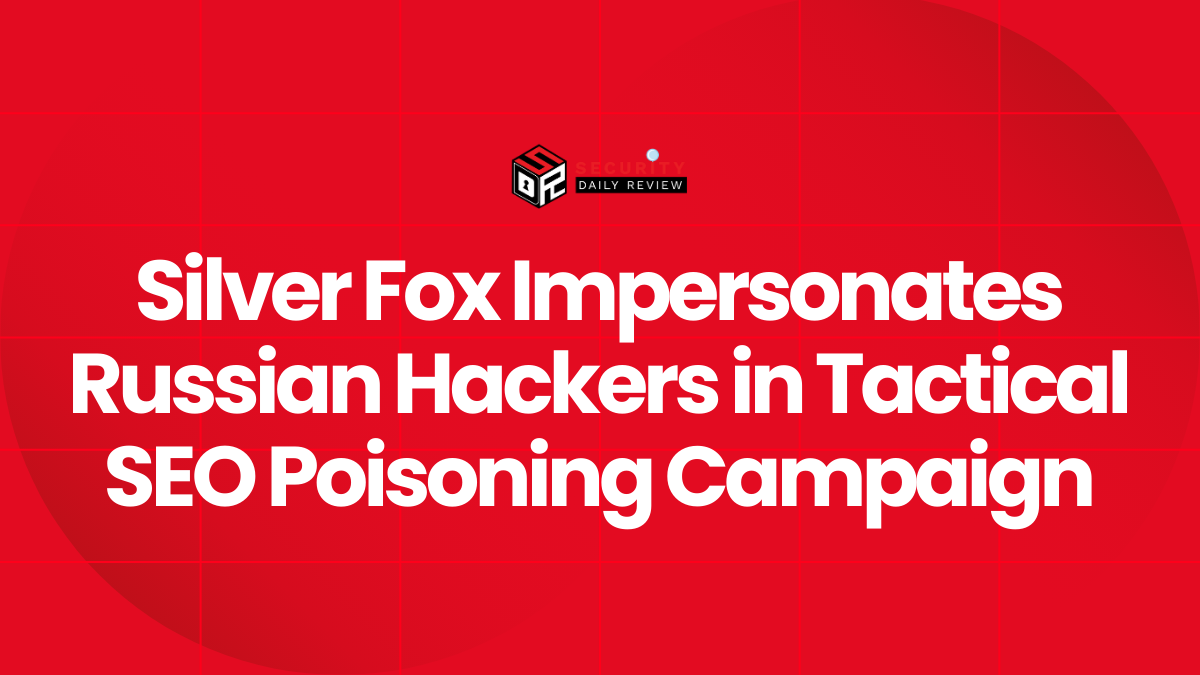A threat actor operating under the alias “KaruHunters” recently claimed responsibility for a cyberattack targeting SAS Institute, a global leader in analytics and AI software. The attacker posted on a dark web forum, asserting they had exfiltrated over 200MB of internal source code and proprietary tools from SAS’s Business Rules Manager platform. The post included a directory tree and a downloadable archive, allegedly obtained during a breach in early November.
Given SAS’s critical role in powering analytics for sectors such as healthcare, finance, and government, the claim triggered immediate concern across the cybersecurity community. The attacker’s post was hosted on a forum known for distributing stolen corporate data, raising the stakes for defenders and threat intelligence teams.
Analysts Dissect the Leak: Legacy Files, Not a Breach
Security researchers who examined the leaked archive quickly noted that the files appeared to be significantly outdated. Metadata within the codebase showed timestamps ranging from 2003 to 2011. The contents included documentation and source files related to SAS’s Business Rules Manager, but nothing that indicated recent or sensitive intellectual property.
“It is crucial to note that these files are old… This indicates that the supposed source code might be an old backup, minimizing the impact of the leak significantly,” one analyst noted.
While legacy data can still pose risks, the age and nature of the files suggested that the leak was unlikely to represent a current threat. Analysts also emphasized that large enterprises like SAS typically maintain strict version control and backup hygiene, making it improbable that such outdated files would be in active use.
SAS Institute Responds: No Proprietary Code Was Leaked
SAS Institute issued a public statement confirming that it had investigated the claims in collaboration with its internal security team and external threat intelligence partners. The company concluded that the files in question were not proprietary source code but rather publicly accessible documentation and support materials.
“SAS determined that the surfaced data was comprised of publicly accessible files… SAS believes that the data in question poses no risk to SAS or SAS customers,” the company stated in its official security bulletin.
SAS emphasized that no breach of its internal systems had occurred and that no customer action was necessary. The company’s swift and transparent response helped quell speculation and reinforced its commitment to cybersecurity resilience.
Why Source Code Leaks Still Matter
Even when data is outdated or publicly available, source code leaks remain a serious concern. Legacy code can reveal architectural decisions, deprecated authentication mechanisms, or integration points that attackers may exploit. For companies like SAS, whose software is embedded in mission-critical environments, even minor exposures can cascade into broader risks.
Threat actors often target large service providers as a means to infiltrate downstream clients. In this case, SAS’s footprint across regulated industries makes it a high-value target for adversaries seeking to compromise sensitive data indirectly.
Key Takeaways for CISOs and Security Teams
This incident offers several lessons for cybersecurity leaders:
- Audit public-facing documentation and support portals to ensure no sensitive metadata or deprecated code is inadvertently exposed.
- Maintain strict access controls and versioning for all code repositories, including legacy backups.
- Monitor dark web forums and threat intelligence feeds for mentions of your organization—even if the claims turn out to be false.
- Respond swiftly and transparently to breach allegations to maintain trust with stakeholders and customers.
While the SAS Institute breach claim initially raised alarms, further analysis revealed that the leaked data was both outdated and publicly accessible. Nonetheless, the incident serves as a timely reminder that even legacy files can become threat vectors if not properly managed. CISOs and defenders should treat such events as opportunities to reassess their exposure and reinforce their security posture.

